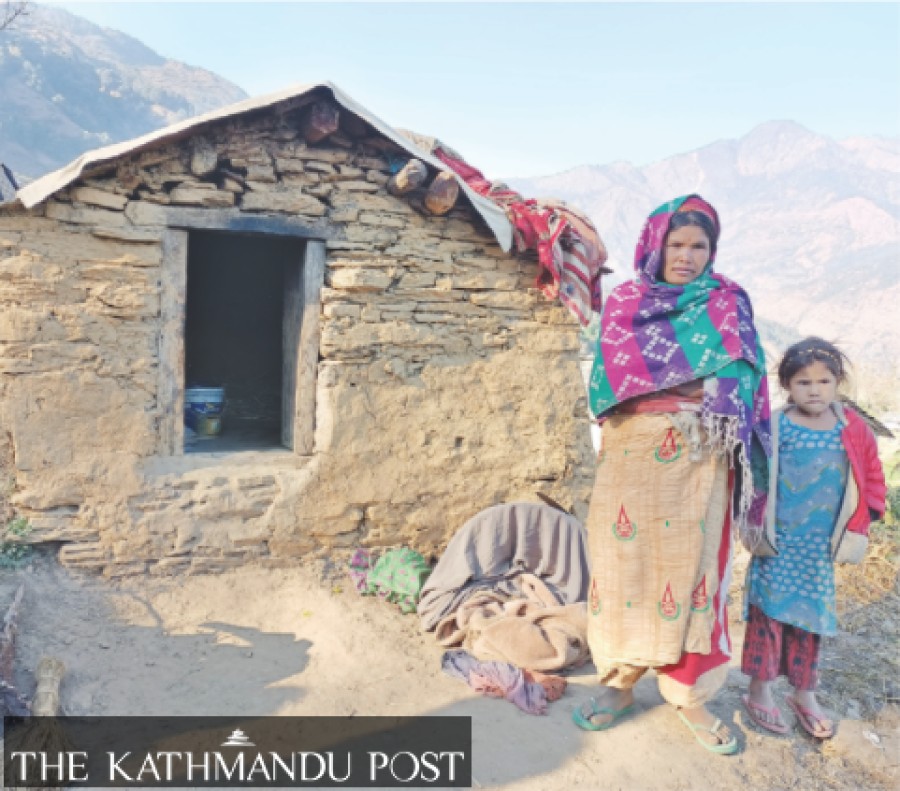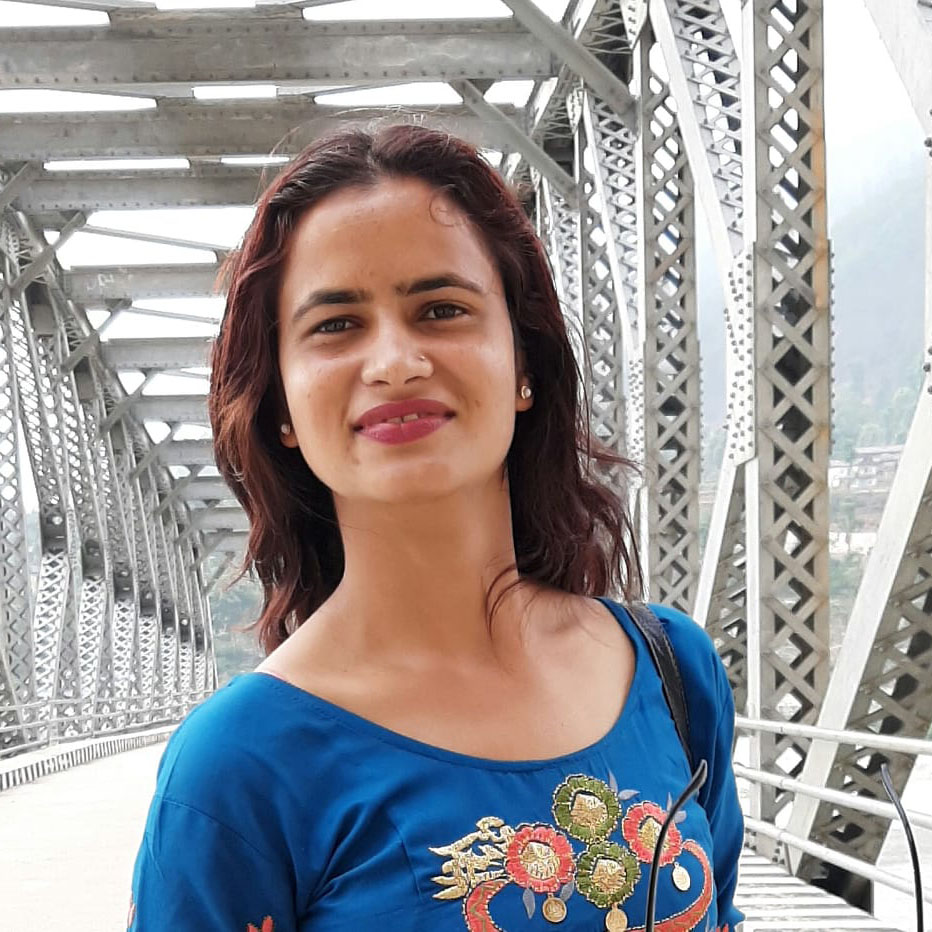Sudurpaschim Province
Pregnant women in rural Achham still dying for want of timely medical care
Lack of health awareness, poverty, geographical remoteness and non-cooperation of family lead most women to go for home births despite risks.
Menuka Dhungana
On October 1, Purnakala Nepali from Rahaf in Turmakhad Rural Municipality-1 died due to excessive bleeding while giving birth to her baby at a local health post.
Health workers say the 30-year-old died due to delivery complications.
“Nepali was eight months pregnant. According to her family members, she had been experiencing stomach pain and had been bleeding for the last few days. But her family still did not bring her to the health post,” said Geeta Lamsal, an auxiliary nurse midwife of Rahaf Health Post. “We could have saved Nepali had she been brought to the health post on time.”
Health workers say many pregnant women in rural Achham die while giving birth, as most of them opt for home births and visit health facilities only when they face delivery complications.
Even in cases of complications, as in with Nepali, rural folks’ first preference of treatment is through shamans, which delays medical treatment and leads to further complications and in some cases—death, health workers say.
“Nepali’s family took her to a local shaman and fed her some medicinal herbs. But she still could not deliver her baby so she was brought to the health post. She died within 20 minutes of her arrival here,” said Lamsal.
According to the data of the District Health Office, there are 65 birthing centres in Achham. Most of the women who visit the birthing centres for delivery are mainly from the district headquarters and other semi-urban areas.
Around 25 percent of women in Achham deliver their babies at home, and most of them are from rural areas, according to the health office.
One of the reasons women from rural villages are not keen on institutional birth is because of travel and other expenses involved in reaching the birthing centres.
Under the federal government’s Safe Motherhood Programme, pregnant women in the mountainous, hilly and Tarai regions get Rs3,000, Rs2,000 and Rs1,000 respectively as transportation allowance. And an additional cash bonus of Rs800 is given to women who complete all four antenatal checkups.
However, in remote villages where the birthing centres are far and few between, the amount offered by the government does not cover all costs and expenses.
Rahaf in Ward No. 1 of Turmakhad Rural Municipality is around 65 kilometres from Mangalsen, the district headquarters of Achham.
“Our families would rather take us to a shaman than take us all the way to Mangalsen,” Naina BK, a resident of Rahaf, told the Post. “Women are always busy here. Pregnant women also have to work in the fields and carry heavy loads. We have to engage in household chores and have no time to visit hospitals.”
According to her, since the local birthing centres are not fully equipped, if a pregnant woman faces complications, she is referred to hospitals in Mangalsen.
“That adds to the cost and it’s quite the distance for us,” she said.
Additionally, a lack of health awareness, poverty, geographical remoteness and non-cooperation of other family members lead most women to go for home births despite risks to both mother and child.
Thir Bahadur Rawal, the chairman of Ward No. 1, agrees that most people in the area are not aware of maternity health, and sensitising the locals on the importance and benefits of institutional births is a difficult endeavour.
“The villagers are set in their beliefs. They believe in shamans and their power to heal,” he said. “If the ward office had been informed on time, we could have flown Nepali to a well-facilitated hospital in Mangalsen and saved her. But we were informed about what transpired only after her death.”
In remote areas like Rahaf, people do not opt for family planning measures either and women give birth at an interval of one to two years, which adversely affects their health in the long run.
“For Nepali, this was her fifth baby. She died because of delivery-related complications,” said Lamsal, the auxiliary nurse midwife at Rahaf Health Post. “People in rural areas do not adopt birth control measures even after having many children.”
“We have been trying to raise awareness among villagers about the importance of family planning and safe motherhood but we haven’t been able to bring much change,” said Lamsal.
Although some pregnant women are aware of the importance of regular health checkups and safe delivery at birthing centres, most do not have the authority at home to make decisions in their and their child’s favour.
“I know what I should do and what I should not do during pregnancy. I would’ve preferred institutional births but I delivered all my four children at home as my family was reluctant to take me to a health institution,” said a 47-year-old woman of Bayala who did not wish to be named. “Maternal and infant mortality rate, mainly caused by the lack of safe delivery, is still unchecked in the district.”




 7.12°C Kathmandu
7.12°C Kathmandu











